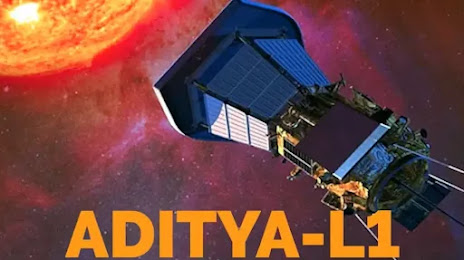After the success of Chandrayaan 3, now the Indian Space Research Organization (ISRO) has taken steps towards the Sun. ISRO is all set to launch its first Sun mission 'Aditya-L1'. Mission Aditya L1 will be launched from Sriharikota Space Center on Saturday, September 2 at 11.50 am.
ISRO will study the Sun through this first solar mission of India. Aditya L1 is likely to enter a halo orbit near Lagrangian Point 1 in 125 days, completing a journey of about 15 lakh km from Earth. This point is 15 lakh km from the Earth in the direction of the Sun.
Can see the Sun continuously
It will revolve around the Sun with the same relative position and hence can see the Sun continuously.
Aditya L1 will be sending 1,440 images per day to the ground station for analysis on reaching the intended orbit. It carries seven payloads to study the Sun, four of which will observe the light from the Sun and the remaining three will measure insitu parameters of the plasma and magnetic fields.
"From the continuum channel, which is the imaging channel, an image will come -- one image per minute. So approximately 1,440 images for 24 hours, we will be receiving at the ground station," Aditya L1 project scientist and operations manager for VELC Dr Muthu Priyal said.
She said, IIA will host the VELC payload operations centre, which will receive raw data from ISRO's Indian Space Science Data Centre, process them further to make it suitable for scientific analysis, and send it back to ISSDC for dissemination.
"Also a unique software has been developed by Indian Institute of Astrophysics or IIA to detect automatically the occurrence of coronal mass ejection and the time it happened, which will be provided to science community within 24 hours -- whether it is directed towards the earth or whether it is a very energetic event, if the speed is high, will it hit the earth or not, etc -- all those information will be made available," she added.
According to IIA officials, the 190 kg VELC payload will send images for five years, which is the nominal life of the satellite, but it could last long depending on the fuel consumption, etc.

